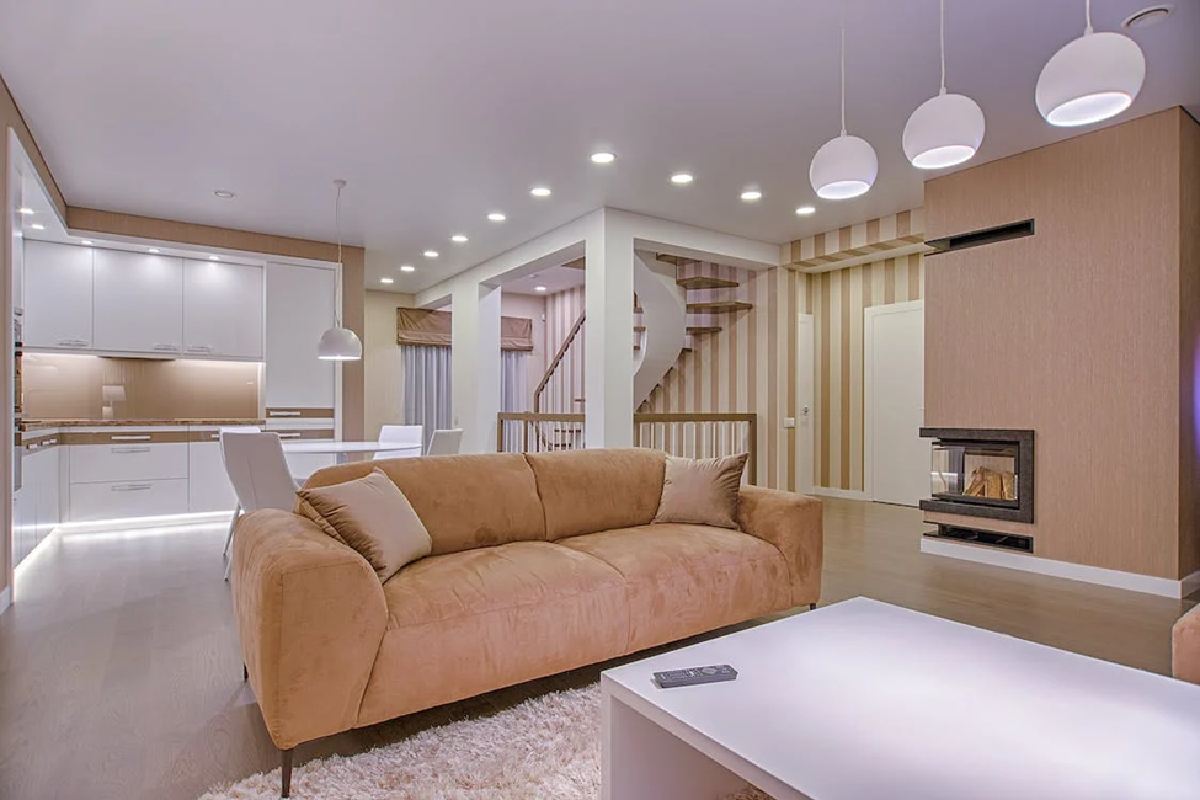Home customization is a known way to personalize your home, inside and out. The overall cost of your home customizations will depend on your needs and financial capability. However, this does not mean you cannot get a customized house on a budget. It’ll all depend on your planning. The following home customization tips will guide you to having your dream home.
1. Budget For Everything
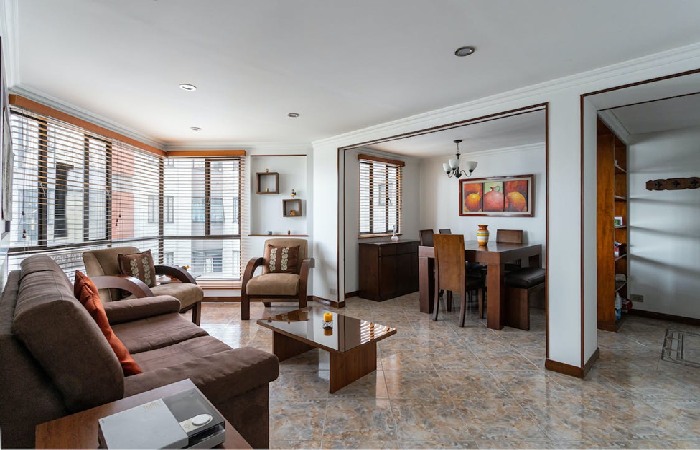
Everything about home customization requires planning and meticulous budgeting. For your kitchen, you need to consider whether you will need new paint for some sections or you’ll require fresh paint for the entire kitchen altogether. Allocate funds towards the kitchen cabinets, for either to polish the ones already there or for new ones. If you are feeling particularly adventurous, explore OPPOLIA for kitchen cabinets that retail at an economical price.
Work out a solid budget and allow for some price adjustments, especially if you are unsure of the price range of things you need for the home customization. The adjustment will save you from straining your other finances during the customization.
2. Work with Interior Designers
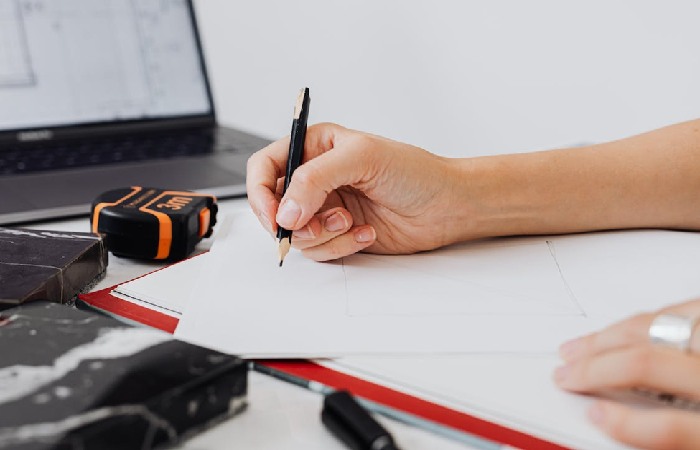
The market is full of interior designers you can work with to customize your home. Go for an interior designer who can match your budget and still piece together jaw-dropping home customization.
Some home DIY can work the trick if you are tight on budget. But be sure to get some help from experts regarding things you do not understand. This will prevent you from ruining your home in the process of trying to figure it out with DIY.
You can get interior designers within your vicinity or work with one online as long as they can deliver the desired results. You need to be involved in every step of the way to avoid disappointments.
3. Be Open to Changes

Sometimes the design that you choose might not go well with your house. While the interior designer might be open to giving you suggestions, they will not implement them without your permission. You need to be open to changes in the designs you choose. Sometimes designs need changes so they can better suit your home.
Being open to changes means allowing the designer to communicate ideas they think need some adjustments and openly discussing your options. It’ll give you a more refined custom home design.
4. Be Practical
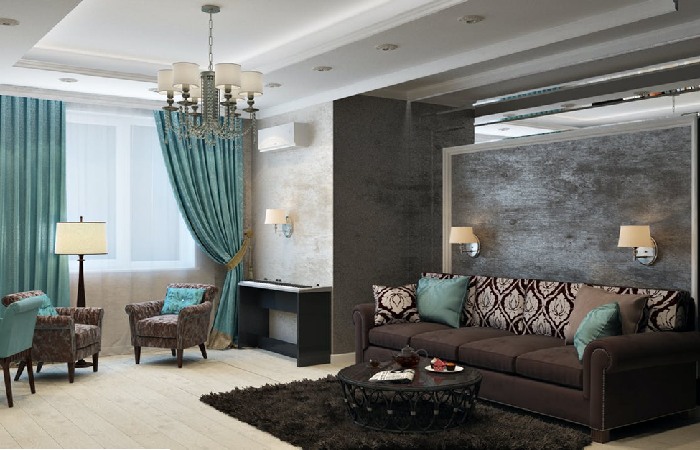
Home designs vary and are practical for different homes. Before settling on a design, consider how practical it’ll be in your home. You need to consider your location, so you don’t over-value your home. It’ll give you a hard time getting a buyer should you decide to sell in the future.
Your home also needs to be comfortable for your needs. You shouldn’t invest in a design that does not give you maximum pleasure every time you walk into your home. So rather than complexity, go for simple yet elegant and cosy designs that you can enjoy at your home.
5. Focus on Features
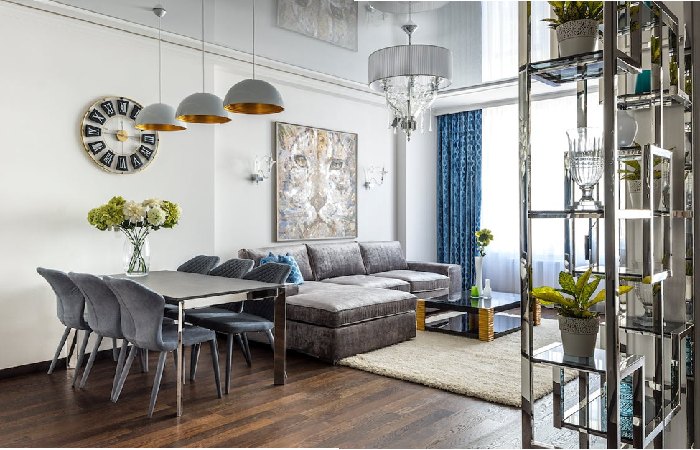
Prioritize the features you want in your home once you’ve picked a design that is practical to your home. If you allow your fancy to run wild, custom house design might easily exceed your budget. With so many luxurious options available, giving the most crucial elements of your design top priority is crucial. Whether it’s the bathroom, kitchen, reading area, or guest section, give a major focus on the features that matter to you in your home.
When you prioritize the features, you will spend less time on designs that don’t meet that requirement.
6. Consider the Future
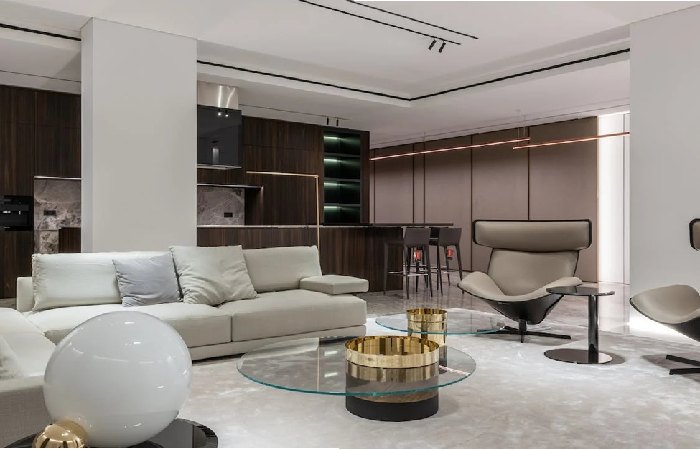
Are you planning to start a family? What size? Are you close to your family members? If so, you’ll need to consider accommodating immediate family members in various situations. Similarly, your custom home design should incorporate an office or flexible area if you intend to transition to a home workspace. In essence, you choose what kind of family you want to be when considering the amenities in your custom home plan. Incorporate features that will be useful to you and your loved ones in the future.
The Bottom Line
Many things will make sense when you plan to customize your home. When you get down to the actual business, things will be different. Avoid picking out designs that are hard to maintain and impractical in your area. You should also plan things within your budget and be realistic about everything. And most importantly, be willing to invest time in the project rather than giving it a short duration to be actualized.



